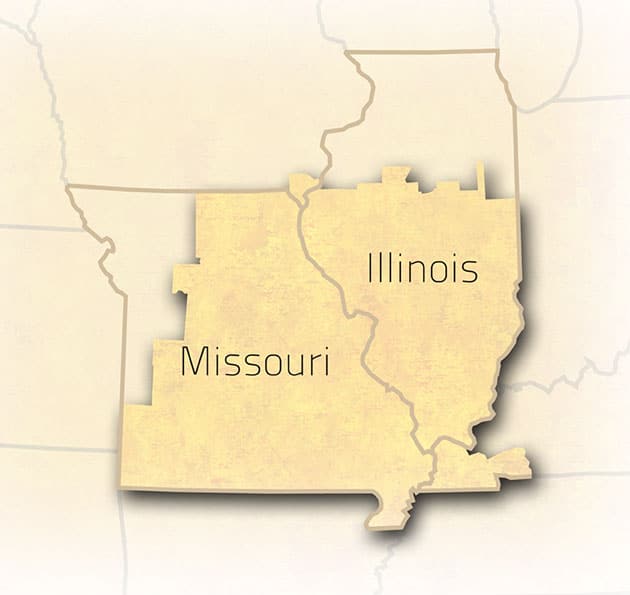Custom Machine Assembly
John Henry Foster works closely with manufacturers to design and build custom solutions for a wide range of applications.
JHF can assist with everything from the design and manufacture of each individual component to the full assembly. With JHF, you get a plug-and-play tested device that you know will function as intended.
Our expertise in a variety of technologies consolidates your supply chain. The result is streamlined shipping, accounting and auditing functions for our clients.
Custom Machine Solutions for Any Industry
At John Henry Foster, we have a proven history in automation systems and custom machine building. Our engineers are product experts, and can help serve customers in a variety of industries.
JHF has a track record building custom machines for the following industries:
- Automotive
- Paper and Pulp
- Appliances
- Lumber and Wood Processing
- Food and Beverage
- Plant Automation
- Animal Feed Processing
- Materials Recycling
- Water and Wastewater Treatment
- Stone Glass
We offer a variety of engineered solutions, providing turnkey hydraulic, pneumatic and electrical control systems. JHF can assist with discrete parts assembly, custom software development, system diagnostics and testing.
Advantages of Custom Assemblies
Custom assembly has several advantages compared to buying an assembly machine off the rack. Custom machines from JHF offer Plug-And-Play Technology, so your machine is ready to operate out of the box.
John Henry foster has the technical expertise to develop unique solutions for your business needs. We know our products well, and can develop the best product to your application. With a customized solution, we can help eliminate the guesswork on size and material compatibility.
Custom Assemblies provide have less hassle. One part number is all that is needed. With a custom machine assembly, there is no more keeping track of a dozen different items to purchase and assemble.
JHF can also help with developing OEM Applications. We can cut your production time and your labor costs by pre-assembling components. This makes your custom solution immediately ready for the production line.
John Henry Foster also helps with maintenance and repair applications. For example, if a valve and several fittings are usually replaced simultaneously, we can pre-install the fittings for faster repairs.
Examples of Custom Assemblies
Below are some examples of custom machine assemblies developed by JHF.
Filter/Regulator/Valve Stack Combination
In this assembly, we developed a pneumatic assembly. This machine consists of an OSHA approved lock out valve, a filter-regulator, pressure switch, and a three-valve stack.
The valves are two-position single solenoid, 24 VDC valves. The left most valve has its own dedicated pressure regulator. Not pictured on this machine are power cords with indicator lights for each valve.
Valve Stack with Isolation Plates
This assembly included a Pneumatic valve stack consisting of four 4-way valves, two isolation plates, and an intermediate supply/exhaust station.Isolators allow three different pressure sources in same manifold. Valves 1 and 2 operate on one pressure source. Valves 3 and 4 have their own dedicated pressure source.
This simplifies plumbing and electrical connections creating one valve station, rather than three. This machine includes push-to connect fittings for quick air line hook-up.
Hydraulic Cartridge Valve Manifold
An aluminum hydraulic manifold for cylinder control with 16 solenoid valves, and 16 counterbalance (load holding) valves.
Fittings are installed on the opposite side, and wiring of the solenoids was completed at John Henry Foster prior to shipping.
Once at the customer's facility, hydraulic lines were installed. After two plug-in electrical connections were made, the unit was ready for service.
Hydraulic Motor Speed Control Manifold
A Hydraulic package consisting of a directional valve, flow control, check valves for all four stations, and a four station manifold.
Designed to operate a motor circuit, each station has its own adjustable needle valve. This allows for low speed operation, and dual check valves to prevent oil back flow.
The directional valves select slow speed by directing oil through the needle valve. High speed is attained when the directional valve bypasses the needle valve. Four hydraulic motors are controlled from this single, compact assembly.

